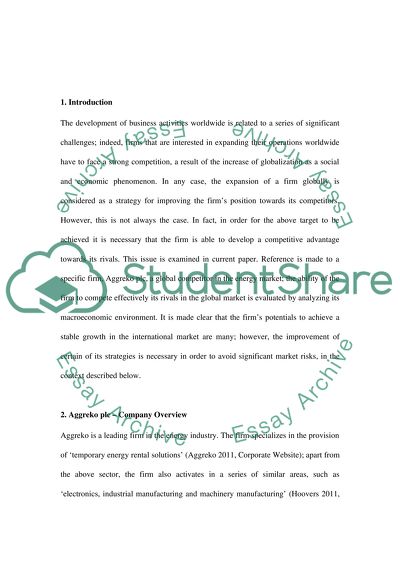Cite this document
(“The case study: Aggreko Essay Example | Topics and Well Written Essays - 2500 words”, n.d.)
Retrieved from https://studentshare.org/literature/1423778-the-case-study-aggreko
Retrieved from https://studentshare.org/literature/1423778-the-case-study-aggreko
(The Case Study: Aggreko Essay Example | Topics and Well Written Essays - 2500 Words)
https://studentshare.org/literature/1423778-the-case-study-aggreko.
https://studentshare.org/literature/1423778-the-case-study-aggreko.
“The Case Study: Aggreko Essay Example | Topics and Well Written Essays - 2500 Words”, n.d. https://studentshare.org/literature/1423778-the-case-study-aggreko.


